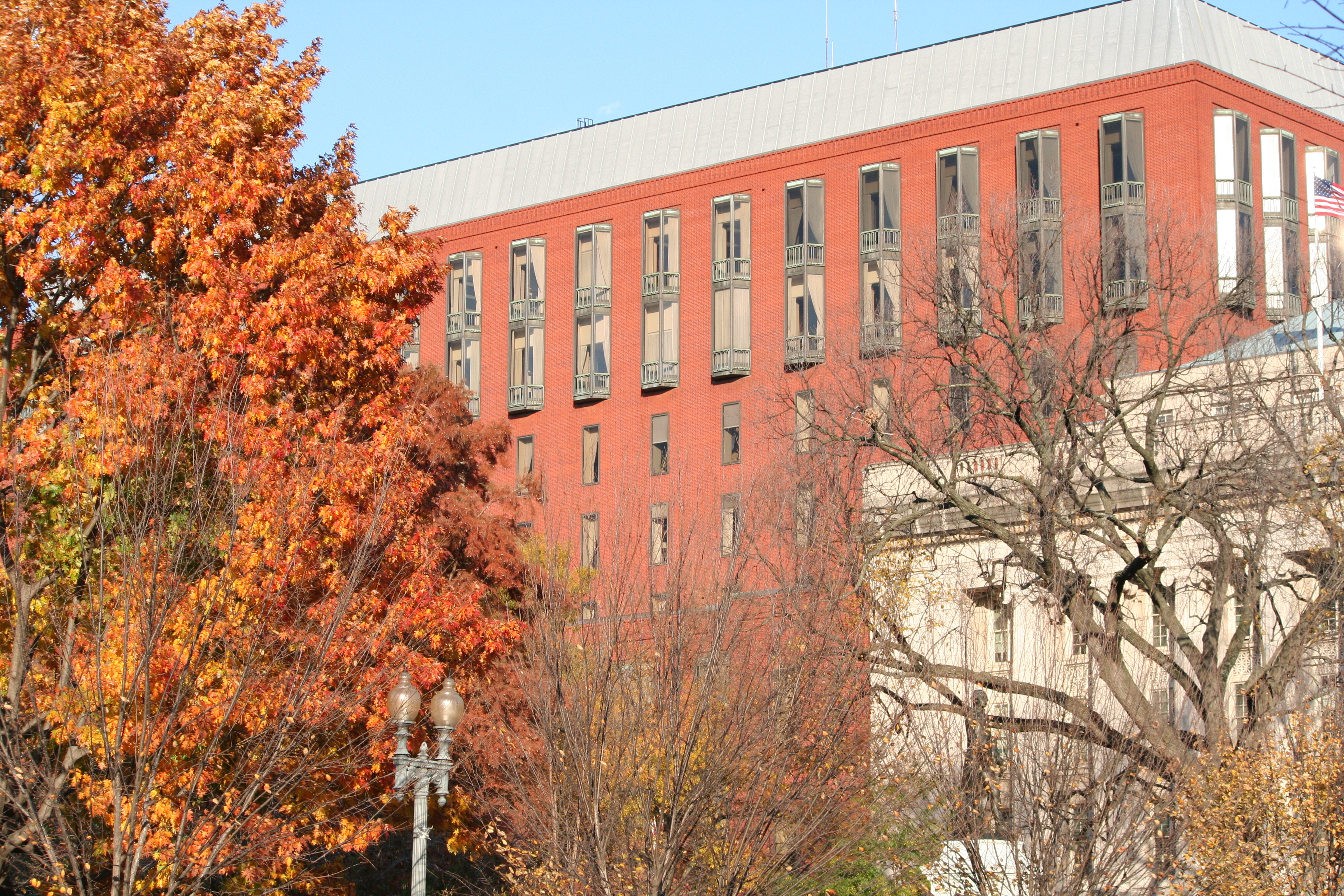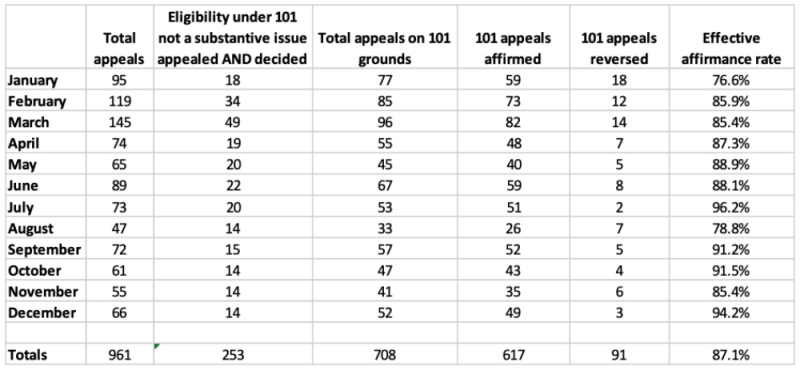Federal Circuit Says Patent Incorporated by Reference Does Not Invalidate Finjan’s Asserted Patents
“The district court erred because it viewed the differing definitions throughout the patent family as competing and determined that the asserted patents should be limited to the most restricted definition of the term. We disagree.”
The U.S. Court of Appeals for the Federal Circuit (CAFC) today ruled in a precedential decision that the definition of a claim term in a patent incorporated by reference into the patents at issue does not dictate the definition of claims in the asserted patents. The CAFC thus reversed the district court’s claim construction and vacated and remanded its grant of summary judgment of invalidity based on indefiniteness.
Claim Construction
The patents at issue are Finjan, Inc.’s U.S. Patent Nos. 6,154,844 (“the ’844 Patent”); 6,804,780 (“the ’780 Patent”); 8,079,086 (“the ’086 Patent”); and 9,189,621 (“the ’621 Patent). They are all directed to “systems and methods for detecting computer viruses in a ‘Downloadable’ through a security profile.” Finjan sued ESET, LLC for infringement of the patents in 2017. Claim construction turned on the definition of the term “Downloadable,” which appears in all claims of the asserted patents.
The asserted patents either define “Downloadable” as ““an executable application program, which is downloaded from a source computer and run on the destination computer,” or do not include a definition at all. However, the ‘844 and ‘780 patents incorporate by reference a non-asserted patent, U.S. Patent No. 6,167,520, which defines “Downloadables” as “applets” and as “a small executable or interpretable application program which is downloaded from a source computer and run on a destination computer.” The remaining asserted patents incorporate by reference non-asserted U.S. Patent No. 6,480,962, which includes the same definition of “Downloadable” as the ‘520 patent, and asserted patent ‘780.
The district court said that because the ‘520 patent was incorporated by reference and included a definition that conflicted with the definition in the asserted patents, the definitions can be reconciled by construing the term “Downloadable” to include the word “small”, which ultimately rendered the claims of the asserted patents, which did not include the word “small,” indefinite and therefore invalid. The district court thus granted summary judgment to ESET in March 2021.
District Court Error
On appeal, however, the CAFC said the district court erred in its construction by reading the term “small” into the definition of “Downloadable.” While “definitions in any incorporated patents or references are a part of the host patent…. incorporation by reference does not convert the invention of the incorporated patent into the invention of the host patent,” explained the CAFC, citing Modine Mfg. Co. v. U.S. Int’l Trade Comm’n. Instead, the host patent’s disclosure merely provides “context to determine what impact, if any, a patent incorporated by reference will have on construction of the host patent claims.” The Federal Circuit’s opinion added:
“The district court erred because it viewed the differing definitions throughout the patent family as competing and determined that the asserted patents should be limited to the most restricted definition of the term. We disagree. Here, it is not necessary to limit the asserted patents because the two definitions are not competing. The use of a restrictive term in an earlier application does not reinstate that term in a later patent that purposely deletes the term, even if the earlier patent is incorporated by reference.”
The ‘520 patent that was incorporated by reference “defines a Downloadable as ‘small,’ [because it] represents a subset of the patent family claiming an invention capable of downloading only small executable or interpretable application programs,” explained the court. The ‘844 and ‘780 patents, conversely, are not limited in their definition of Downloadable to a size requirement. And the ‘086, ‘621 and ‘755 patents, which do not contain an express definition of “Downloadable,” like the other asserted patents include examples of Downloadables that are broader than the non-asserted ‘520 patent’s focus on “small” executable or interpretable application programs like applets. Thus, the CAFC said the proper construction of the term Downloadable as used in the ’844, ’780, ’086, ’621, and ’755 patents is “an executable or interpretable application program, which is downloaded from a source computer and run on the destination computer.”
Having reversed the district court’s claim construction, the CAFC did not reach the entirety of the determination of invalidity due to indefiniteness but vacated the grant of summary judgment and remanded to the district court for proceedings consistent with the new claim construction.
Eileen McDermott
Eileen McDermott is the Editor-in-Chief of IPWatchdog.com. Eileen is a veteran IP and legal journalist, and no stranger to the intellectual property world, having held editorial and managerial positions at […see more]



![[Podcast]: The New York City Pay Transparency Law Takes Effect [Podcast]: The New York City Pay Transparency Law Takes Effect](https://www.lawandtheworkplace.com/wp-content/uploads/sites/29/2017/08/channel-logo-300x300.jpg)



